Tap into Vaco's Resources
Insights & Spotlights
Explore our resources section for thought leadership and insights on hiring, the labor market, trends for job seekers, career advice and more.

Articles
Jessica Mitsch Homes Joins Vaco’s Raleigh Office as Senior Director of Sales
Vaco announces the addition of Jessica Mitsch Homes in Raleigh.
Read More

Upcoming
Webinars
Accounting & Finance
CA Ethics: Rules of Conduct for California CPAs & Putting Your Ethical Framework Into Practice
06/20/2024
Time:
1:00 PM EDT / 12:00 PM CDT
Duration: 300 min
Register Now
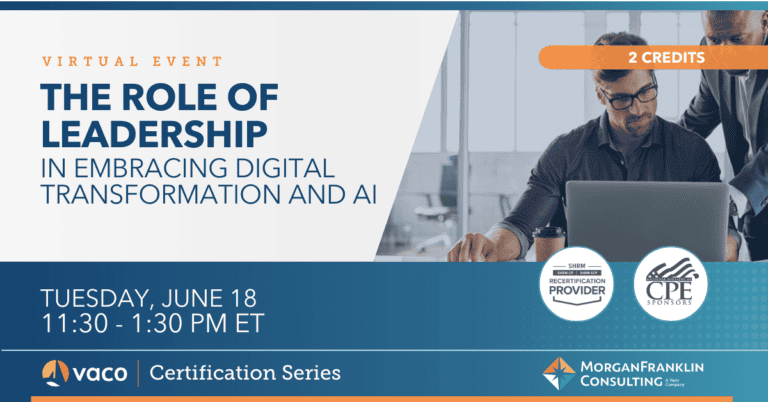
Upcoming
Webinars
Accounting & Finance, Leadership
The Role of Leadership in Embracing Digital Transformation and AI
06/18/2024
Time:
11:30 AM EDT / 10:30 AM CDT
Duration: 120 min
Register Now
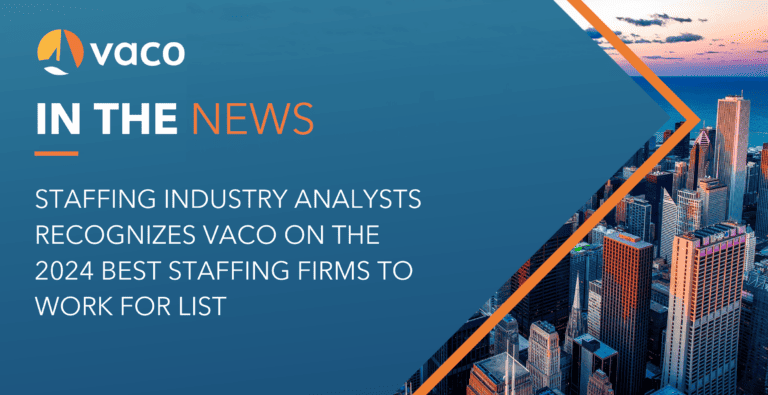
Articles
Staffing Industry Analysts Recognizes Vaco on the 2024 Best Staffing Firms to Work For List
Staffing Industry Analysts Recognizes Vaco on the 2024 Best Staffing Firms to Work For List
Read More
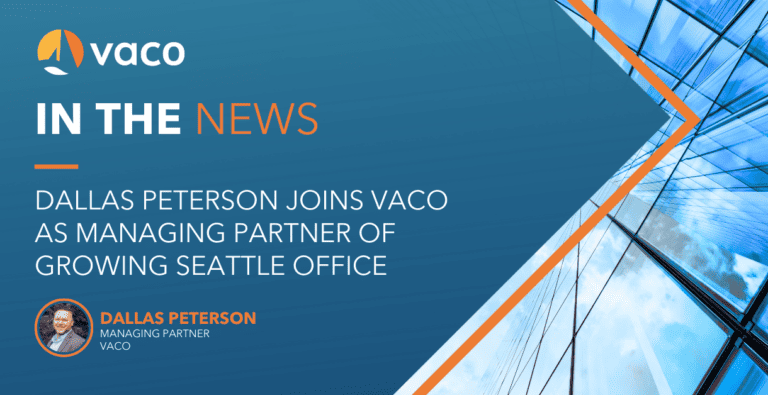
Articles
Talent Solutions Veteran Dallas Peterson Joins Vaco as Managing Partner of Growing Seattle Office
Vaco announces the addition of Dallas Peterson as Managing Partner of our Seattle office.
Read More

Upcoming
Webinars
Accounting & Finance
An Introduction to Variable Interest Entities
06/04/2024
Time:
11:00 AM EDT / 10:00 AM CDT
Duration: 60 min
Register Now
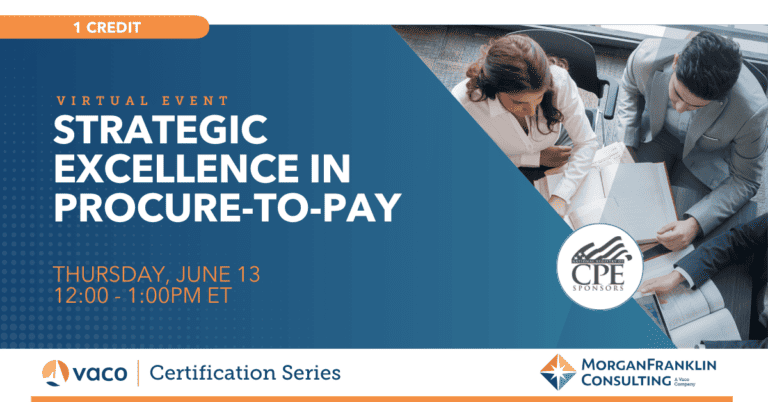
Upcoming
Webinars
Accounting & Finance
Strategic Excellence in Procure-to-Pay
06/13/2024
Time:
12:00 PM EDT / 11:00 AM CDT
Duration: 60 min
Register Now

Articles
HR & Administration, Workplace
DEI in the Workplace: 2024 Trends and More
Learn key factors impacting DEI today and the trends likely to shape efforts in 2024.
Read More
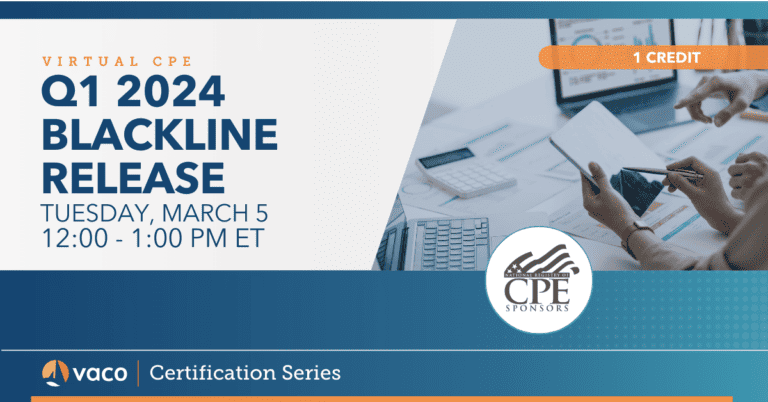
On-Demand
Webinars
Accounting & Finance
Q1 2024 BlackLine Release Webinar
03/05/2024
Time:
12:00 PM EDT / 11:00 AM CDT
Duration: 60 min
Watch Now
©2024 Vaco | All Rights Reserved | Vaco Global Headquarters: 5501 Virginia Way #120, Brentwood, TN 37027


